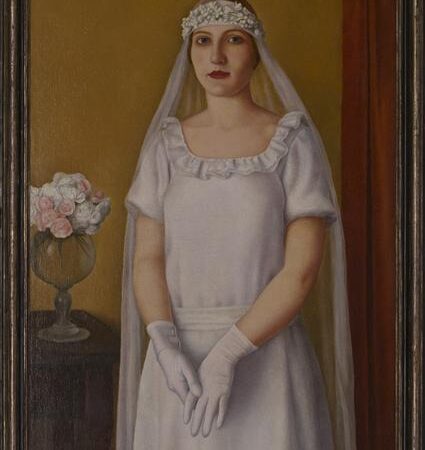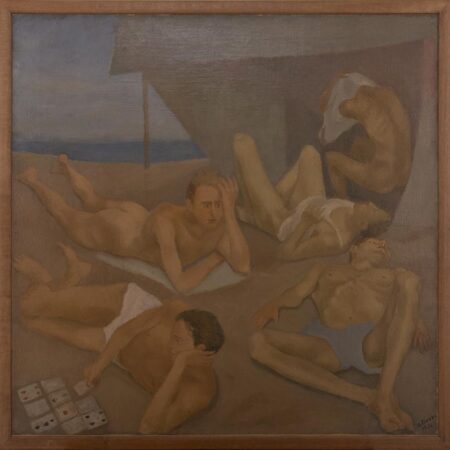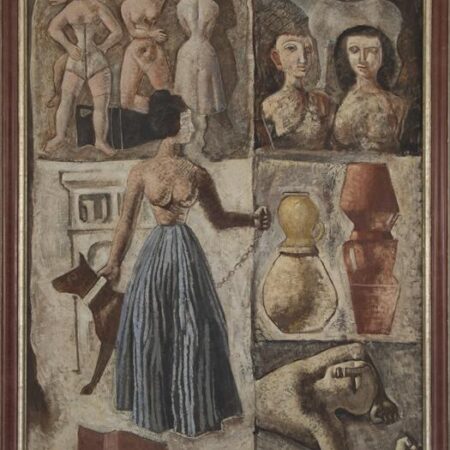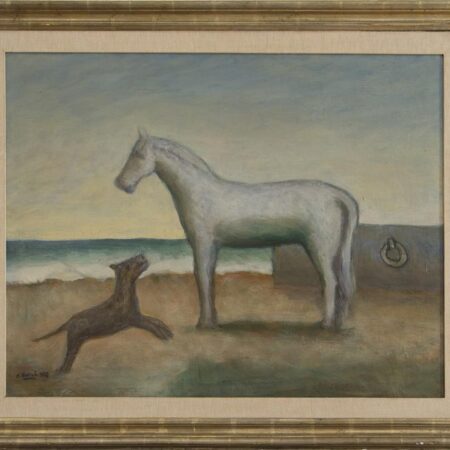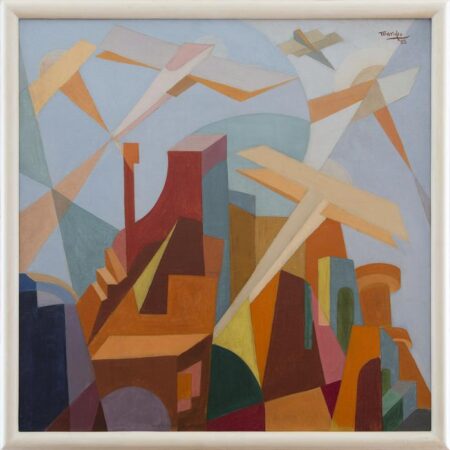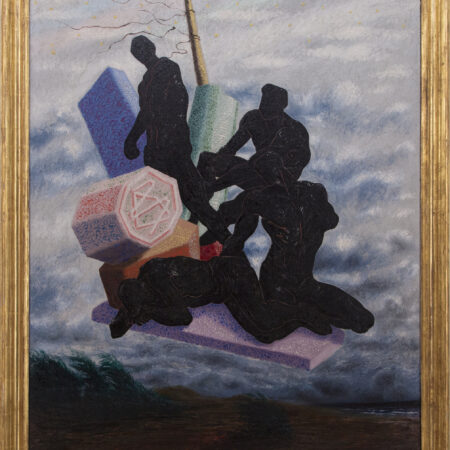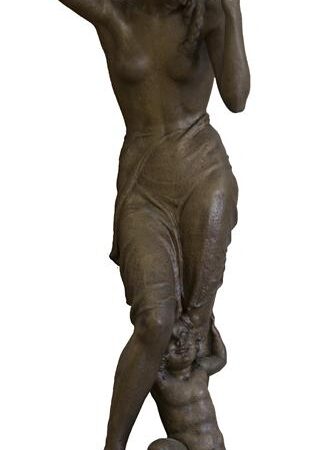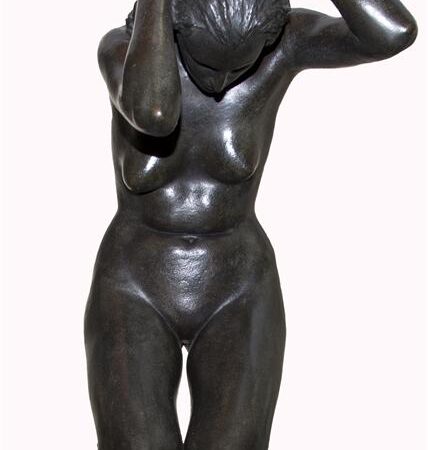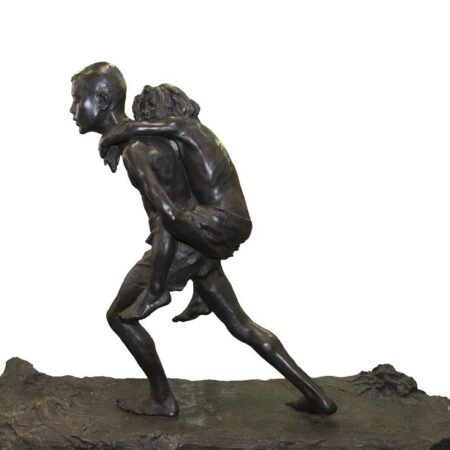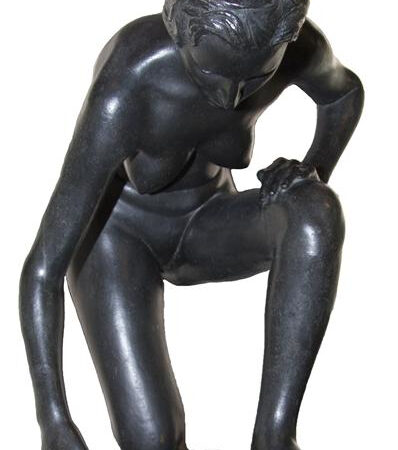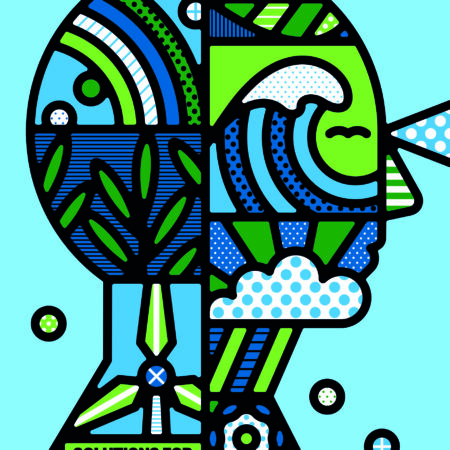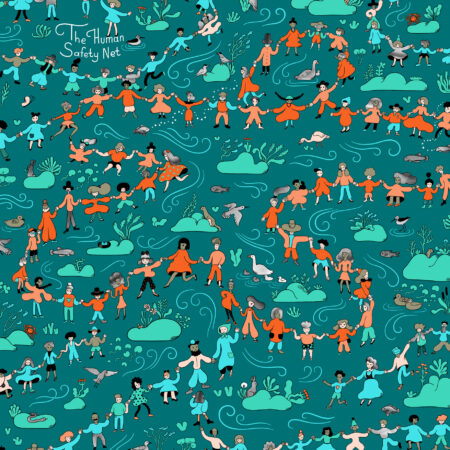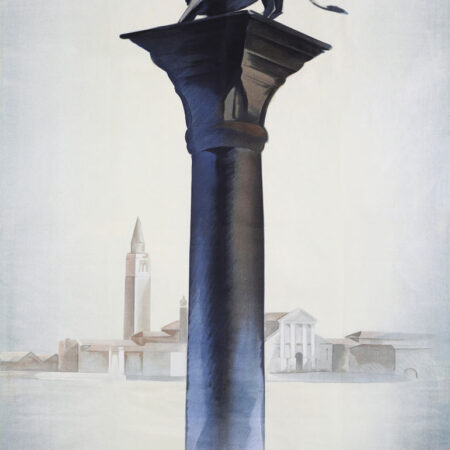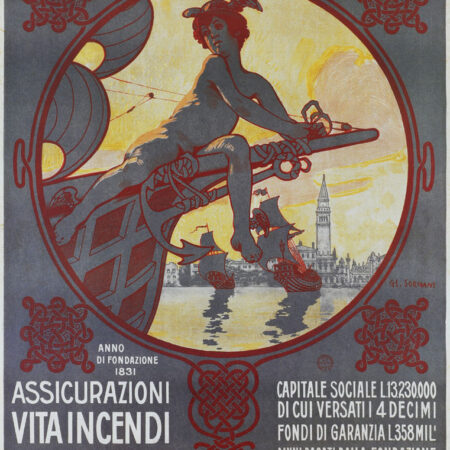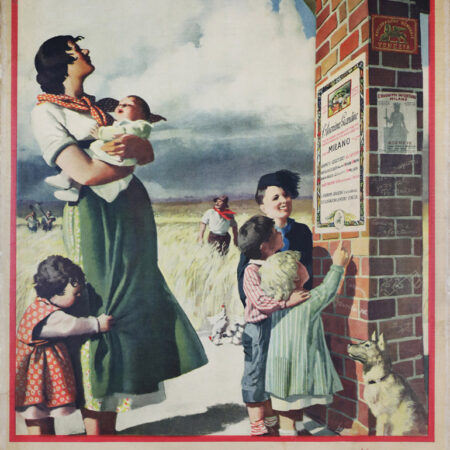A Journey through Italian 20th-Century Art
A Dialogue Between Art and Architecture
Twentieth-century Italian art is a crucial part of Generali’s cultural heritage. The collection, the seeds of which were established during the 1980s and 1990s under the expert eye of Maurizio Fagiolo Dell’Arco, before being gradually enriched with further acquisitions over time, can be found across several of the Company’s Italian heaquarters. Today, it is a successful and proud example of corporate patronage.
In Milan, visitors can wander between some of the most influential artistic movements of the 20th century, through the works of artists including Alberto Savinio, Antonio Donghi, Giuseppe Capogrossi, Carlo Carrà, and Filippo De Pisis, among the leading exponents of Futurism, metaphysical art, and magical realism.
The journey takes place within the context of the architecture of the Zaha Hadid-designed Generali Tower in which it is located, with a proud nod to historical references in its solutions for exhibition spaces inspired by Carlo Scarpa and Franco Albini.
Floor 39
The journey begins with a painting of sizeable dimensions by the writer, painter and composer Alberto Savinio, which lies somewhere between literary commemoration and celebration of memory. From there, it continues with works by Ubaldo Oppi and Antonio Donghi, masters of “magical realism”, of Michele Guerrisi and Giovanni Riva, the creator of sculptures that recall the classical style.
The corridor is lined with fine art posters that trace the evolution of tastes and trends through the ages, telling the story of a society through its desires and ideals. These posters are a tradition that Generali has returned to and revived as part of its This is Tomorrow project, utilising the creative prowess of six contemporary international artists (Max Guther, Alëna Skarina, Elena Xausa, Gérard DuBois, Craig & Karl, Tim Lahan), all of whom offer interpretations of important subjects tied to the Group’s core value of sustainability. Four historical posters with depictions and vistas of Venice, images that offer an interpretation of the social contribution of insurance, created by renowned illustrators of their day including Marcello Dudovich, Gino Boccasile and Gian Luciano Sormani.
Floor 40
The works on the 40th floor provide an insight into Italian artistic production in the interwar period, years dominated by the search for new models of form and expression. Among the various names here, we can find Giuseppe Capogrossi and Alberto Ziveri, exponents of the so-called Scuola Romana, Carlo Carrà who returns time and again to the style of metaphysical painting, Filippo De Pisis and Massimo Campigli, the so-called Italiens de Paris, the futurist Antonio Marasco and Gino Severini, and the sculptor Michelangelo Monti.
